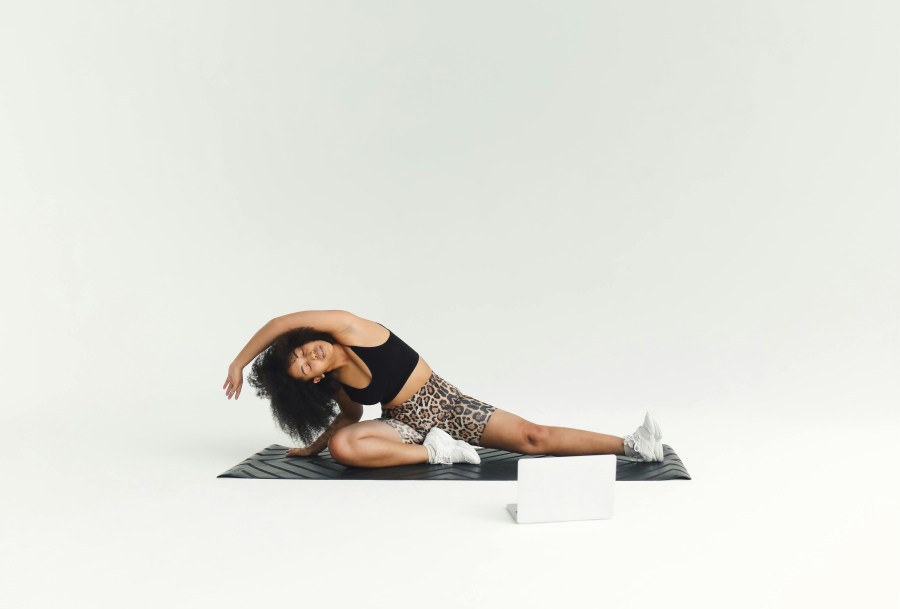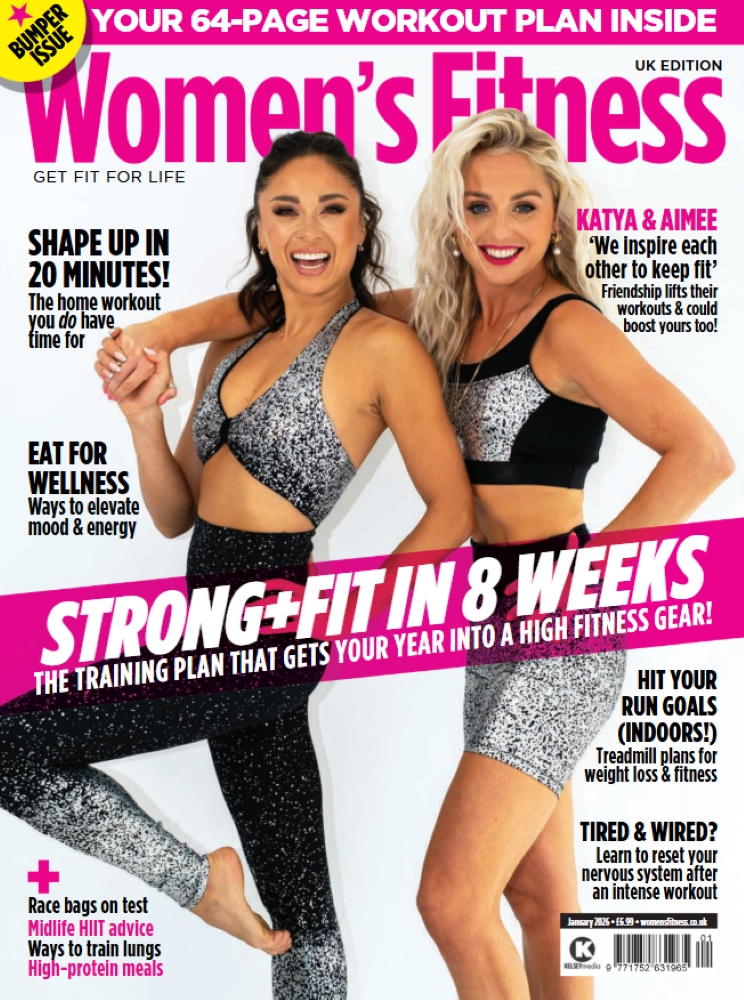The new PRS For Music Digital Music Licence for Fitness and Dance means fitness professionals can choose from thousands of songs to shape their workouts
Whether it’s Queen at Live Aid, Ginger Spice debuting the iconic Union Jack dress at the 1997 Brit Awards, or Beyonce’s Super Bowl halftime show in 2013, music has shaped some of history’s most iconic moments.
Music is so intrinsically linked with our lives that we often don’t realise we’re listening to it. But its power to get us to move, whether that’s running, dancing or in the gym is second to none in terms of inspiration and motivation.
Music doesn’t just make exercise more enjoyable – it can actually change the way we experience physical effort.
Research shows that listening to music during workouts can reduce the perception of exertion by as much as 12%, while simultaneously increasing endurance by up to 15%.
One of the most important mechanisms at play is distraction. When we exercise, our brains receive internal cues signalling fatigue – heavy breathing, muscle soreness, rising heart rate.
Music provides an external stimulus that competes for our attention, effectively diverting our focus away from these discomfort signals. The result? We feel like we’re working less hard than we actually are.
In fact, listening to music that you enjoy doesn’t just make workouts more pleasant – it actively increases motivation, pushing you to work harder for longer.
Conversely, music that you dislike or find distracting can undermine effort and reduce performance.

Licence to thrill
This is why it’s so important for fitness professionals to select their music for their online classes so carefully. And, thanks to the new PRS For Music Digital Music Licence for Fitness and Dance, they now have access to millions of tracks across genres, decades and cultures — helping instructors choose the perfect soundtrack for every class.
“When building a playlist, it’s first important to consider the goal of the activity you are performing,” says Christopher Ballmann, an associate professor at the University of Alabama at Birmingham and an expert in exercise physiology and music psychology.
“Certain activities may require a great amount of effort, while others need stamina. You may need to consider different music choices for each activity. There’s even evidence to suggest that choosing music you find relaxing after exercise may aid short-term recovery.
“Above all, everyone has their own taste and preference when it comes to music. Whether you like to listen to heavy metal or classical music when you exercise, ensuring you’re listening to music that you prefer will give you the best chance of getting the most out of your playlist.”
The PRS for Music agrees. As the world-leading collective management organisation, representing the rights of more than 180,000 songwriters, composers and music publishers and a repertoire of over 45 million musical works, it is convinced that makes the difference in fitness and dance — it motivates, inspires and keeps people moving.
Not only that, but the right licence keeps the music playing and royalties flowing, giving instructors peace of mind while directly supporting songwriters and composers.
If your fitness or dance service uses music online outside of in-person classes, you’ll likely need a Digital Music Licence for Fitness and Dance. This licence gives you the freedom to include music in your on-demand or live-streamed content.
When you buy a music licence, you’re not only enhancing your service — you’re helping songwriters and composers to earn a living from the music you love to play.
The evidence is clear: music doesn’t just make workouts more enjoyable – it can genuinely enhance performance. Not through magic, but by creating powerful synchronisation between body, brain, and beat – often beneath our conscious awareness. Isn’t it about time you added music to your workouts?
• To learn more about the Digital Music Licence for Fitness and Dance, visit: https://www.prsformusic.com/c/music-licensing








